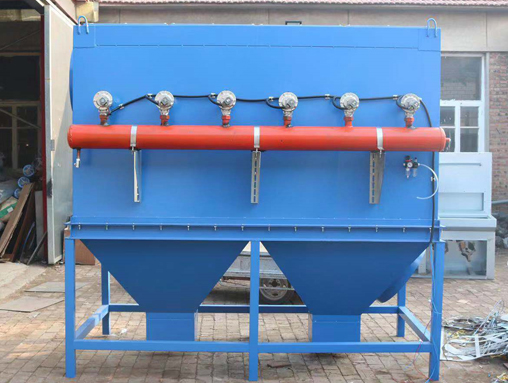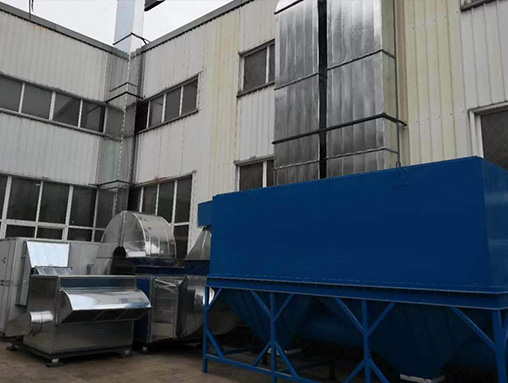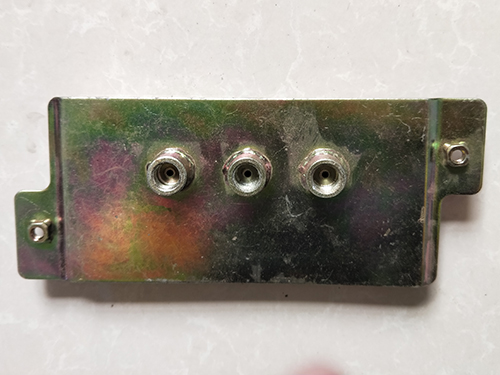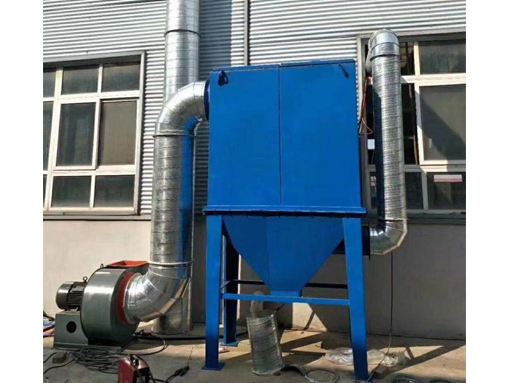Control of Stamping Processing Technology
1. Stretch process stamping parts; The molds used for processing require several sets of molds to form, and the mold technology requirements are high. Therefore, the process of stamping is the stretching process, and the quality of the stretching process is the comprehensive coordination of various variables. On the basis of meeting the stretching requirements, a good foundation should be laid for edge cutting and flanging. Due to the fact that the pressing surface is a supplementary part of the stretching process, the stretching should be controlled reasonably. The pressing surface needs to be processed into a tilted angle with an angle, in order to allow the blank to fit with the pressing surface to a large extent, while avoiding the influence of the punch on the drawing of the blank. The stretching effect generated by the pressing surface on the drawn blank, but if the number of wrinkles generated in the stretching process is small, they may be affected by the stretching effect, making it difficult to make a comparative judgment on the wrinkles formed. 2. The main reasons for wrinkling control in stretching parts during the stretching process are as follows: the sheet metal flows too quickly during the feeding process of stamped parts, resulting in wrinkling; If the R angle of the stamping die is too large, it is likely to cause the sheet metal to flow too quickly and form wrinkles; Unreasonable mold positioning design leads to the inability to press the material during the stretching process of the stamped part or the pressing edge is too small, resulting in wrinkling; Excessive clearance between convex and concave molds causes wrinkling. 3. Sometimes, stamping products may be scrapped due to surface defects on the blank board, so only qualified blank boards can be stamped and formed. Surface inspection is also required for the inspection of stamped products. During the stretching process, the sheet metal should flow at a reasonable speed. If the flow rate of the sheet metal is too slow, it may cause the parts to crack. When using a pressing device, the pressing device acts on it to press the material. This can effectively regulate the flow of materials. For complex curved stretching parts, it is necessary to increase the radial tensile stress during stretching to control wrinkling; For drawn parts with significant differences in stretching, they should be placed in areas with less feed to prevent wrinkling. Wrinkles are the result of insufficient pressing force, and the method is to adjust the magnitude of the edge pressing force. When stretching begins, in addition to increasing the edge pressing force, the method of adding picking and stretching tendons should also be used to wrinkle.







